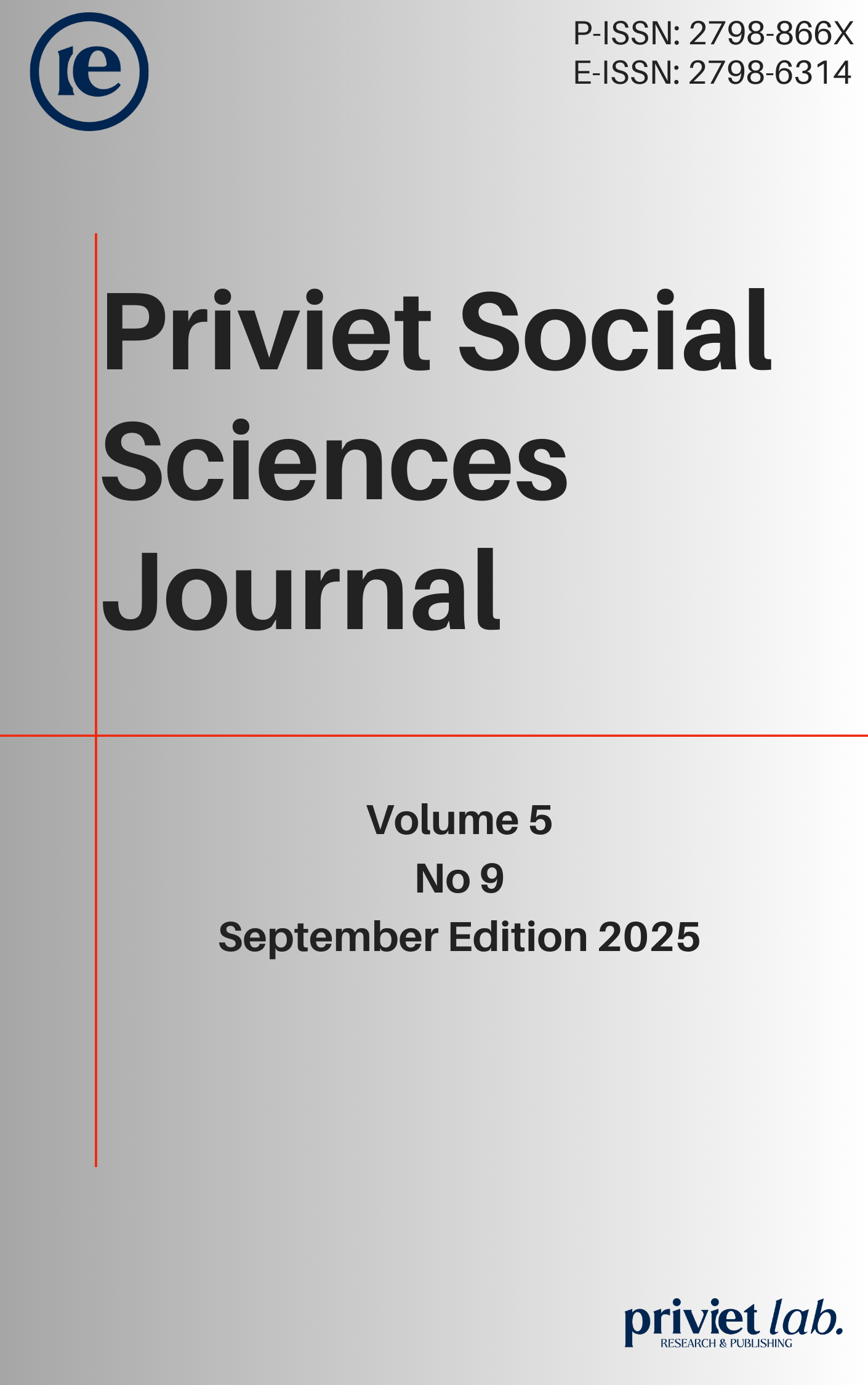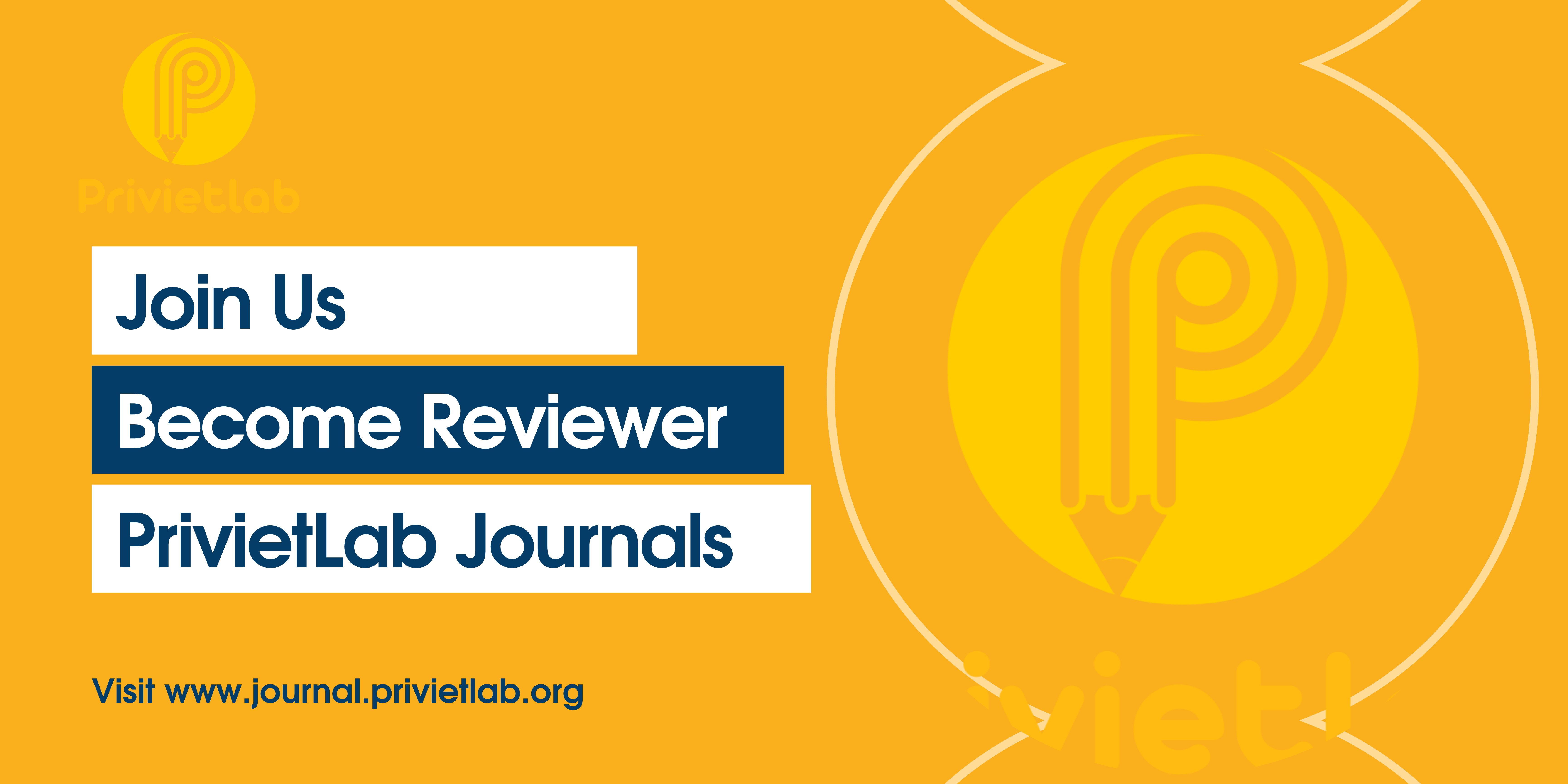Psychosocial transformation of the deaf community through inclusive empowerment programs: A case study of the PERINTIS CSR Program at PT. Kilang Pertamina International RU VI Balongan
DOI:
https://doi.org/10.55942/pssj.v5i9.700Keywords:
psychosocial transformation, Deaf community, inclusive empowerment, CSR, PERINTIS programAbstract
The deaf community in Indonesia continues to face psychosocial challenges that extend beyond communication barriers, including low self-esteem, limited social participation, and social stigma. While many Corporate Social Responsibility (CSR) initiatives focus on economic outcomes, little is known about their impact on psychosocial well-being. This study explores the psychosocial transformation experienced by members of the Deaf community through the PERINTIS Program, a CSR initiative of PT. Kilang Pertamina International RU VI Balongan, Indonesia. Using a qualitative case study approach, data were collected through in-depth interviews with the program participants, parents, and the implementation team. A three-stage thematic analysis (open, axial, and selective coding) was conducted. The findings indicate that prior to joining the program, the participants often showed signs of withdrawal, low confidence, and emotional instability. After engaging in barista training and mentoring within an inclusive community space, the participants reported increased confidence, stronger social relationships, improved emotional regulation, and greater motivation for the future. These changes were facilitated by a strengths-based, gradual empowerment process supported by mentors and an inclusive social environment. This study highlights the importance of integrating psychosocial dimensions into CSR initiatives, showing that empowerment goes beyond technical skill-building to include identity reconstruction and social recognition. The results contribute to disability studies, social work practice, and CSR policy and suggest that similar community-based models may foster more sustainable and inclusive empowerment.
References
Bandura, A., Freeman, W. H., & Lightsey, R. (1999). Self-Efficacy: The Exercise of Control. Journal of Cognitive Psychotherapy, 13(2). https://doi.org/10.1891/0889-8391.13.2.158 DOI: https://doi.org/10.1891/0889-8391.13.2.158
Barnes, C. (2005). Independent living, politics and policy in the United Kingdom: A social model account. Review of Disability Studies: An International Journal, 1(4), 5–13. https://rdsjournal.org/index.php/journal/article/view/366
Baumeister, R. F., & Leary, M. R. (1995). The need to belong: Desire for interpersonal attachments as a fundamental human motivation. Psychological Bulletin, 117(3), 497–529. https://doi.org/10.1037/0033-2909.117.3.497 DOI: https://doi.org/10.1037//0033-2909.117.3.497
Creswell, J. W. (2015). Penelitian kualitatif dan desain Riset. Pustaka Pelajar.
Deci, E. L., & Ryan, R. M. (2000). The “what” and “why” of goal pursuits: Human needs and the self-determination of behavior. Psychological Inquiry, 11(4), 227–268. https://doi.org/10.1207/S15327965PLI1104_01 DOI: https://doi.org/10.1207/S15327965PLI1104_01
Dethmers, N., Knoors, H., Vissers, C., van Gelder, H., & Hermans, D. (2025). Screening for psychological problems in deaf and hard of hearing students. Journal of Deaf Studies and Deaf Education. https://doi.org/10.1093/jdsade/enaf017 DOI: https://doi.org/10.1093/jdsade/enaf017
du Feu, M., & Fergusson, K. (2003). Sensory impairment and mental health. In Advances in Psychiatric Treatment (Vol. 9, Issue 2, pp. 95–103). https://doi.org/10.1192/apt.9.2.95 DOI: https://doi.org/10.1192/apt.9.2.95
Erikson, E. H. (1968). On the Nature of Psycho-Historical Evidence: In Search of Gandhi. Daedalus, 97(3), 695–730. http://www.jstor.org/stable/20023839
Karomalloh, A. D. (2024). Disabilitas dan Tantangan di Dunia Kerja. Kementerian Sosial RI. https://kemensos.go.id/jurnal-dan-artikel/direktorat-jenderal-pemberdayaan-sosial/Disabilitas-dan-Tantangan-di-Dunia-Kerja
Kusters, A., De Meulder, M., & O’Brien, D. (2017). Innovations in Deaf Studies: The Role of Deaf Scholars. Oxford University Press. https://books.google.com/books?id=dACpDgAAQBAJ
Ladd, Paddy. (2003). Understanding deaf culture: in search of deafhood. Multilingual Matters. DOI: https://doi.org/10.21832/9781853595479
Mezirow, J. (1997). Transformative Learning: Theory to Practice. New Directions for Adult and Continuing Education, 1997(74), 5–12. https://doi.org/10.1002/ace.7401 DOI: https://doi.org/10.1002/ace.7401
Reindal, S. M. (2008). A social relational model of disability: A theoretical framework for special needs education? European Journal of Special Needs Education, 23(2), 135–146. https://doi.org/10.1080/08856250801947812 DOI: https://doi.org/10.1080/08856250801947812
Saleebey, D. (1996). The Strengths Perspective in Social Work Practice: Extensions and Cautions. Social Work, 41(3), 296–305. http://www.jstor.org/stable/23718172
Undang-Undang Republik Indonesia Nomor 8 Tahun 2016 tentang Penyandang Disabilitas. Lembaran Negara Republik Indonesia Tahun 2016 Nomor 69. https://peraturan.bpk.go.id/Home/Details/37580/uu-no-8-tahun-2016
WHO. (2011). World Report on Disability 2011. World Health Organization.
Zarb, G. (1992). On the road to Damascus: First steps towards changing the relations of disability research production. Disability, Handicap & Society, 7(2), 125–138. https://doi.org/10.1080/02674649266780161 DOI: https://doi.org/10.1080/02674649266780161
Zastrow, C. (2017). Introduction to Social Work and Social Welfare: Empowering People. Cengage Learning.
Downloads
Published
How to Cite
Issue
Section
License
Copyright (c) 2025 Milly Mildawati, Versanudin Hekmatyar, Ade Subarkah, Dede Kuswanda, Tukino Tukino, Eko Gunawan Wibisosno, Fachry Arsyad, Mohamad Zulkifli, Andromedo Cahyo Purnomo, Shafira Putri Kusuma P

This work is licensed under a Creative Commons Attribution 4.0 International License.

















